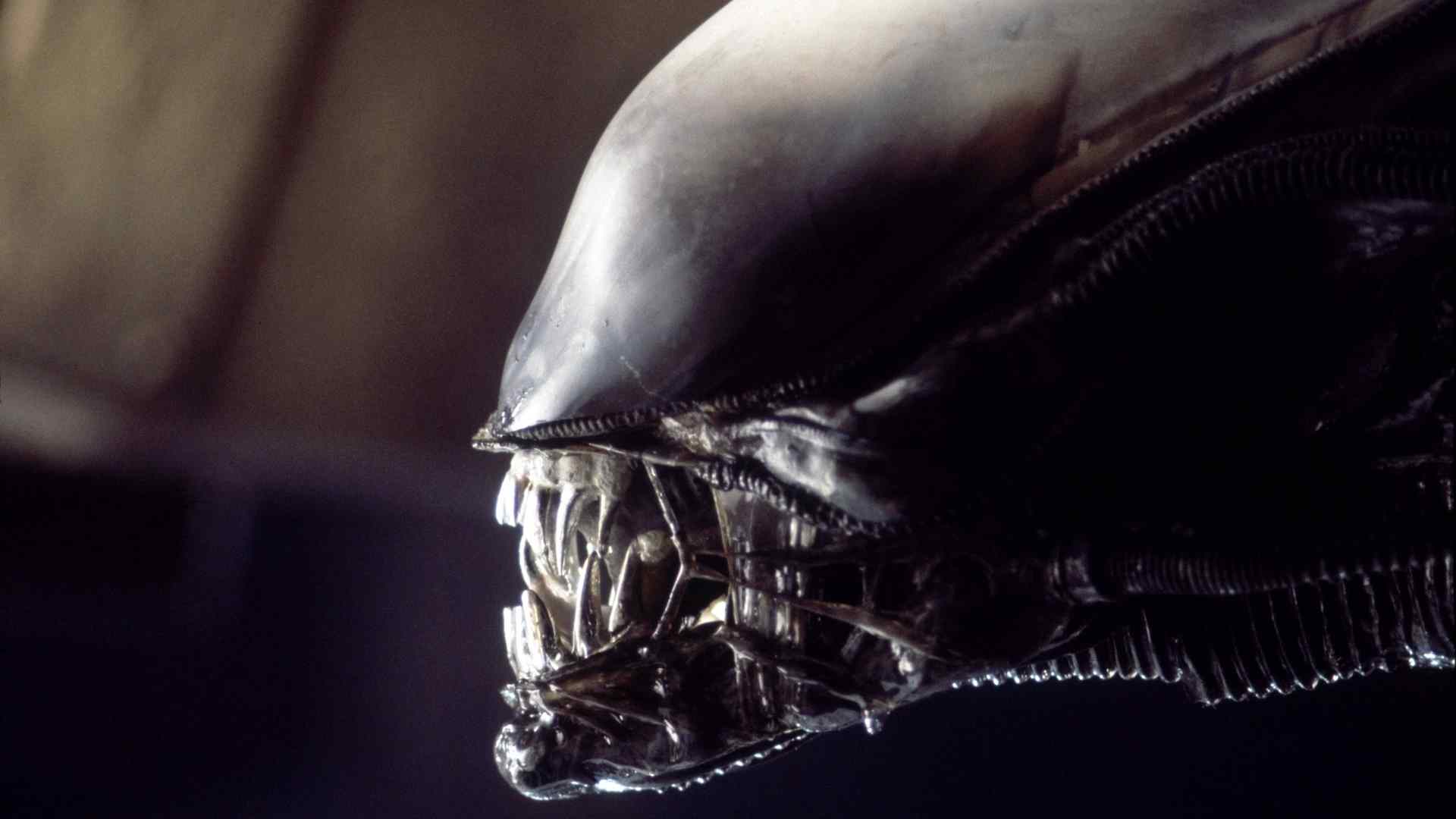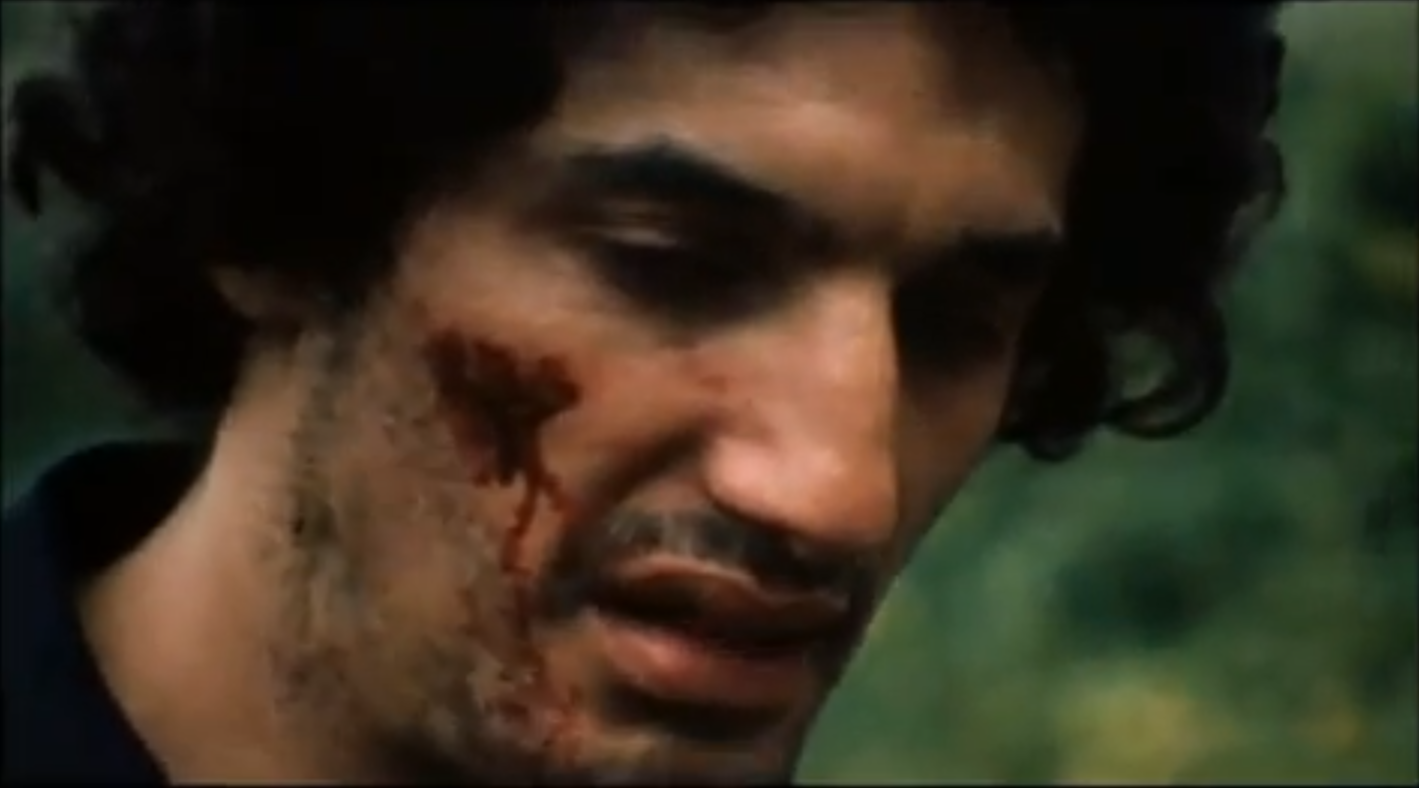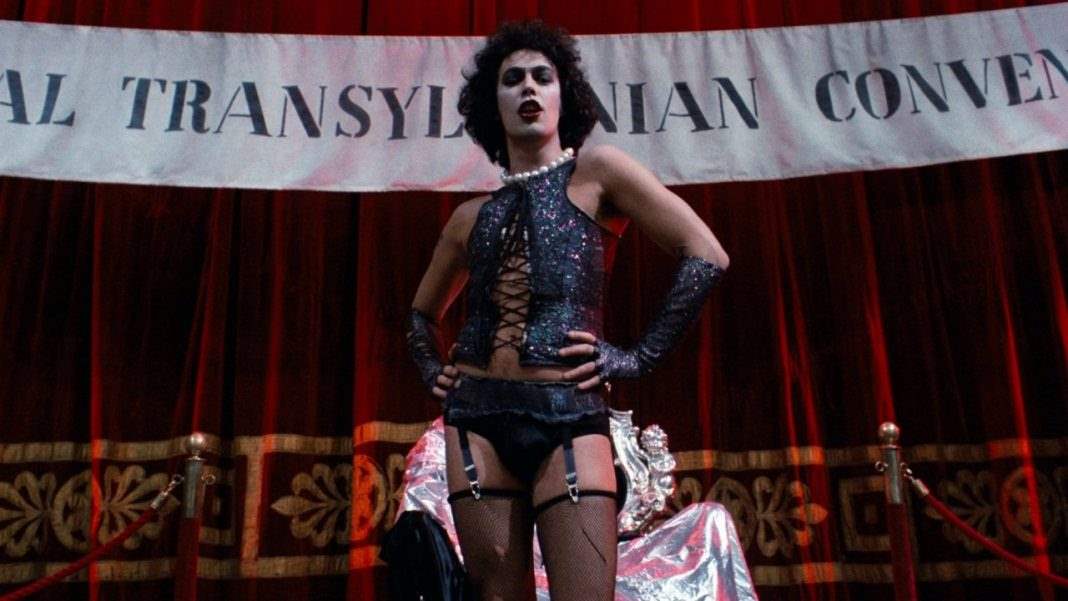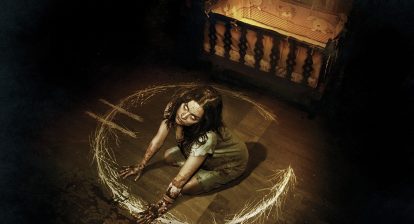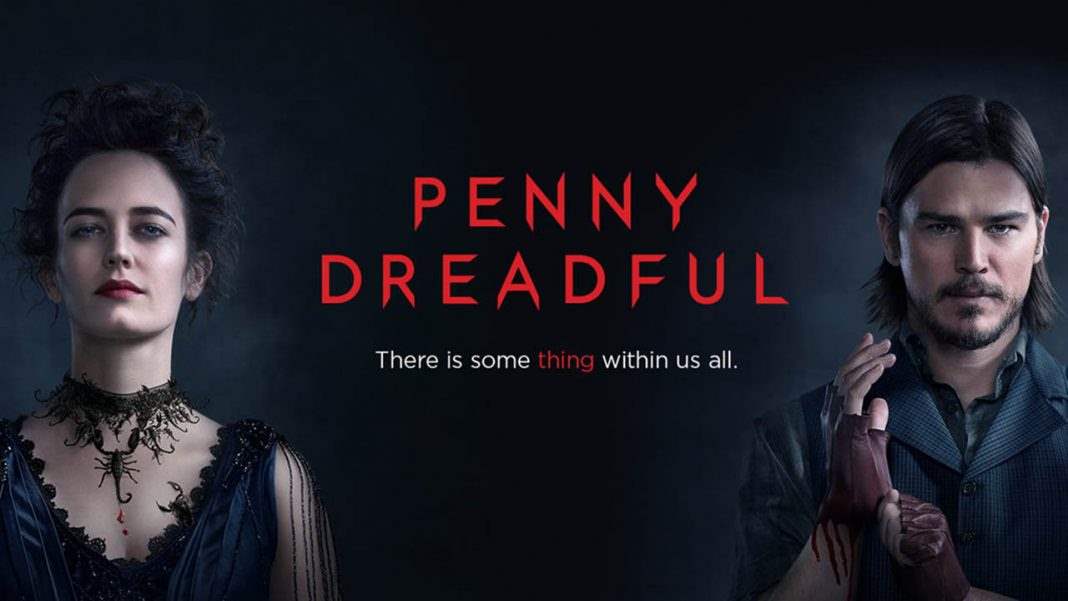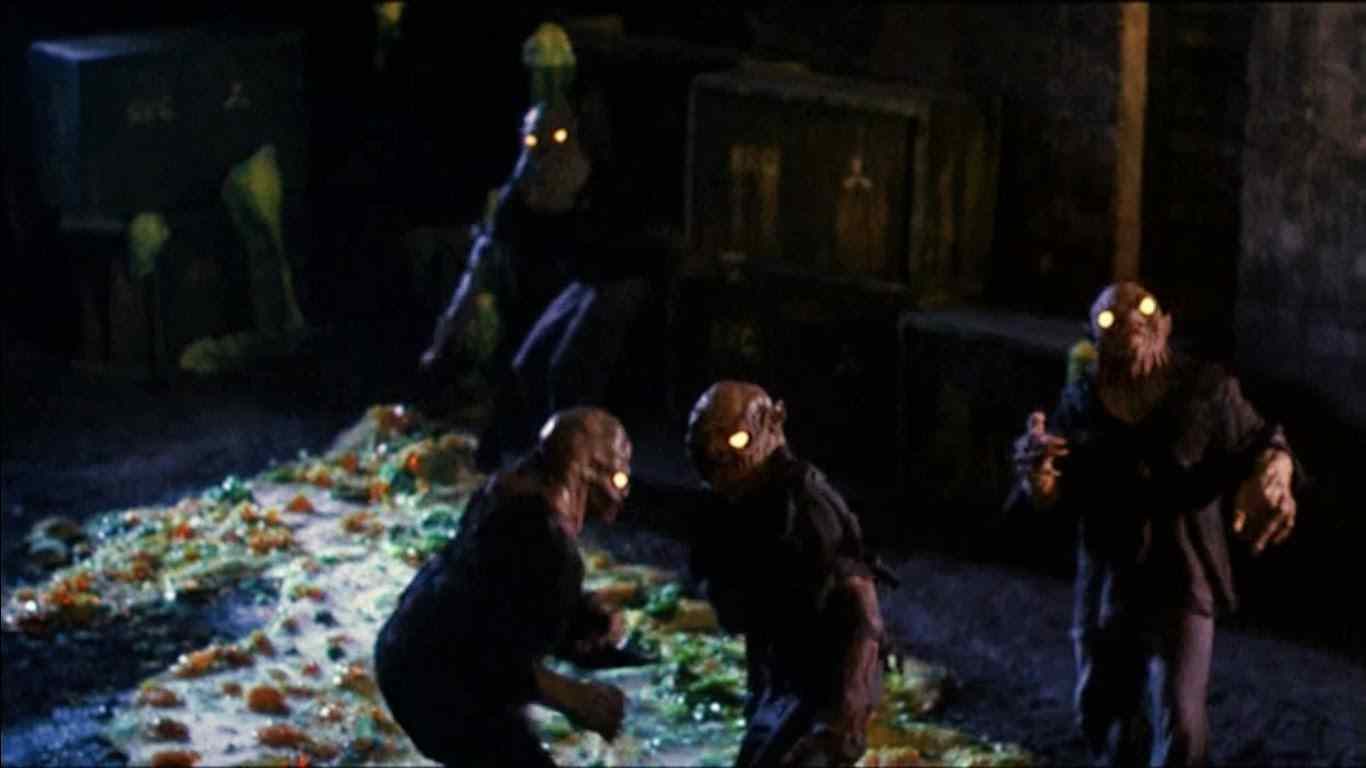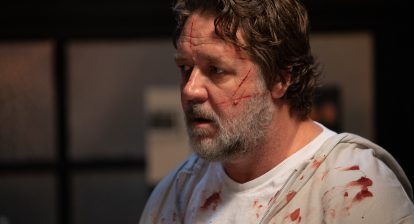One of the best things about being an avid fan of film is that there is always more to discover. It’s fascinating to hear directors talk about the movies that influenced them. To go back and watch those flicks they have talked about, though, is highly recommended. It’s amazing to look at the opening shot of Orson Welles’ Touch of Evil and see the influence it had on the opening shot of Halloween.
Film is a constant circle. Everyone is influenced and everyone—if they’re any good—will influence someone else. Some of these influences, once you hear them, are obvious. Others are more unexpected. Both can be equally interesting and both have their place.
Also See: Five Horror Directors That Made the Jump to Superhero Movies
This list, comprised of both classic horror films and the movies that influenced them, will take a look at how some of the biggest titles were shaped by what came before and hopefully draw others to make comparisons of their own.
Rio Bravo was the major influence for Assault on Precinct 13
John Carpenter’s sophomore effort, his first real feature film in some respects, was heavily influenced by Howard Hawkes—as was most of the director’s work. This film in particular wears those influences on its sleeve. Assault is basically a modern remake of Rio Bravo, taking a few cues from George Romero’s Night of the Living Dead as well.
Snow White and the Seven Dwarves was the visual influence for Suspiria
Dario Argento’s Suspiria is an amazing horror film with a unique visual palette. It is bursting with colors in virtually every scene. Argento was very specific about this look and knew exactly what he wanted. He told cinematographer Luciano Tovoli to stick as closely to the colors and lighting of Disney’s Snow White as possible. This makes even more sense when you consider that, originally, the characters in Suspiria were supposed to be children, which would only have made the film more frightening, considering that it was always meant to be as gory as it ended up being.

The Last Man on Earth was an influence on Night of the Living Dead
Richard Matheson’s I am Legend and its first film adaptation, The Last Man on Earth, were huge influences on the late, great George Romero when he made Night of the Living Dead. The director frequently said such in interviews over the course of the years. Giving himself less credit than he deserves, he said that all he really did was substitute out the vampires. While Night has more than earned its place as an influential classic, the seeds of Last Man on Earth are still very clear.

Planet of the Vampires was a major influence on Alien
Alien has gotten some flack from fans in recent years for not being half as original as it appears to be, which is pretty stupid. The backlash seems to be from people who are just now discovering that every film has major influences and that all filmmakers are inspired by the films they see and love. Alien borrows much of its plot from Planet of the Vampires as well as It! The Terror from Beyond Space but it has a tone, style and visual sensibility that are all its own.
The Haunting was a major influence for The Shining
While everyone has their own eccentric guesses as to what really influenced Stanley Kubrick’s The Shining, it can’t fight off the primary influence of the novel, which was Shirley Jackson’s The Haunting of Hill House and its film adaptation. King has frequently admitted such and quotes Jackson several times over the course of the book. Kubrick’s version can’t fight off being a ghost story and those influences make it into the movie, even if they’re not so much intentional.
The Virgin Spring was the basis for The Last House on the Left
The Last House on the Left was not really influenced by Ingmar Bergman’s The Virgin Spring as much as it was based on it. Wes Craven has always called his film a loose remake, never trying to deny his inspirations. Last House takes the central concept and updates it for the 1970’s, resulting in one of the most harrowing cinematic experiences of its time. It’s a brutal film, but also a contemplative one, which it doesn’t get as much credit for. The philosophical morality play at the center of Last House on the Left is equal parts Craven and Bergman.



